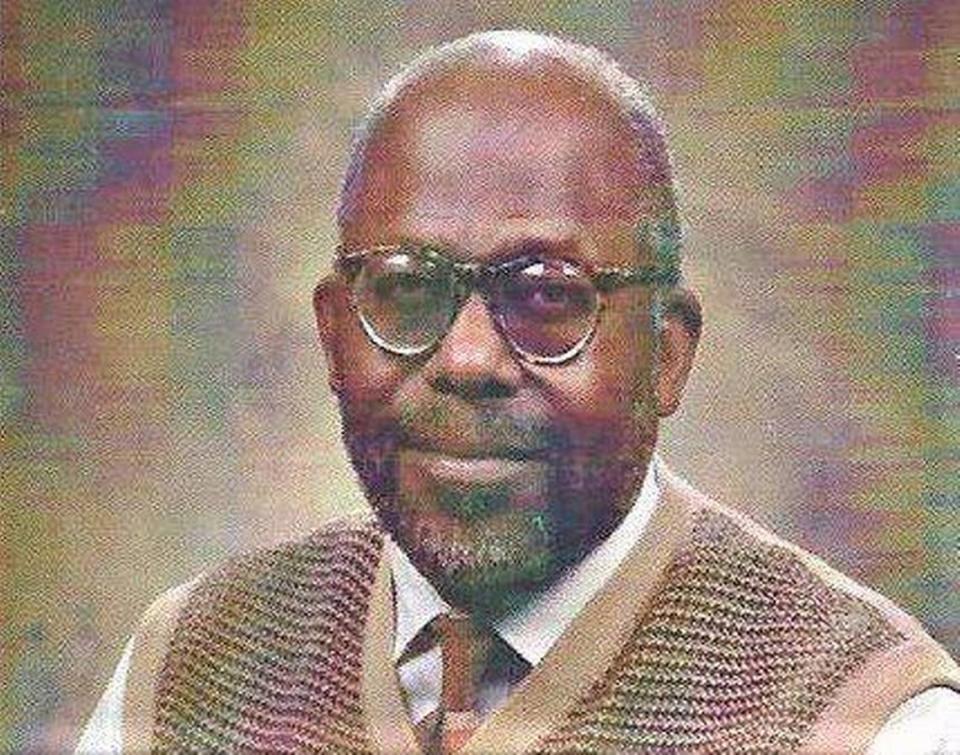Fresno State professor: Class and race have long determined affirmative action | Opinion
- Oops!Something went wrong.Please try again later.
The conundrum rarely discussed or debated when considering the pros and cons of affirmative action was explained by the great Marxist writer C.L.R. James, who wrote, “. . .the race question is subsidiary to the class question . . . but to [minimize racism] as incidental is an error only less grave than to make it fundamental.”
In my teaching career at Binghamton University of New York, Clarion University of Pennsylvania, and here at Fresno State, I taught students who were admitted into academic programs based on their parents’ income, which pertains to social class and class relations. These programs were the Transitional Year Program (TYP), Educational Opportunity Program (EOP), the Freshman Year Program (FYP) and the Ronald McNair Program.
Affirmative action has always been a complex and confusing mixture of race and class because university admissions have only an exact number of seats in each frosh class. However, these programs are set-asides for poor whites who struggled successfully to overcome the other America of poverty to excel academically.
Most Americans do not begrudge these students, but do when it comes to Black or Latino students overcoming not only their lower social class but also the racial experiences of their reality. Racial experiences are the words Chief Justice John Roberts used in “extending” affirmative action. Let me explain and clarify what this means and meant vis-à-vis affirmative action.
While teaching in higher education, I served on admissions committees at several institutions, and what struck me was how similarly each regulated which students were admitted to matriculate to fulfill their dreams and which students were rejected. The regulations had two broad categories — “regular-admit” and “special admit.”
Regular-admit students were accepted based on objective grade-point-average whereas special admittance was based on a host of sub-factors, such as age, parental alumni status (a class issue of legacy), musical talent, or athletic talent. Many of these students had low overall GPAs but were admitted based on their other factors. And this is the conundrum rarely discussed or debated when considering the pros and cons of affirmative action. Case law per affirmative action, from Bakke to Grutter to Fisher to the present decisions concerning Harvard and North Carolina, were intellectually clothed in James’s perceptive observation.
Because of the history of slavery and Jim Crow, Americans developed a national consciousness of “race first,” not “class first,” when it came to understanding social relations. However, James’s understanding is woven into Chief Justice Roberts’ decision, which ended race affirmative action at Harvard and University of North Carolina, when he said, “Nothing in my opinion should be construed to prohibit colleges or universities from considering an applicant’s discussion of how race affected his or her life, be it through discrimination, inspiration or otherwise. . .”
This judicial sleight of hand means that race cannot be used in considering admissions, but the racial-discrimination experience of the applicant can, and Roberts was not obviously referring to white applicants. Therefore, the long-anguished question of reverse discrimination, of “Who took my seat when I, a white student or an Asian American, was denied admission?” can never really be answered.
The class and race demography of Texas admissions can be seen in the Abigail Fisher case at the University of Texas. Fisher, a good student, scored out of the top 10% of her high school class. If she had scored within that 10%, she would have gained automatic admission. However, many white students as well as minority students scored the same as Fisher, but were granted admission as special admits. A white student admitted from a working-class background, with the same score as Fisher, could have taken her seat.
Conversely, white vs. white is a class question and not a case in law; white vs. Black is what drives race-relations law. Chief Justice Roberts’ contradictory social illogic — race cannot be an admission criterion, but racial discrimination can — might be seen as duplicitous.
Dr. Malik Simba is professor emeritus of Africana studies and history at Fresno State.


